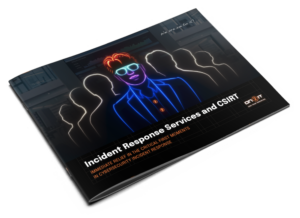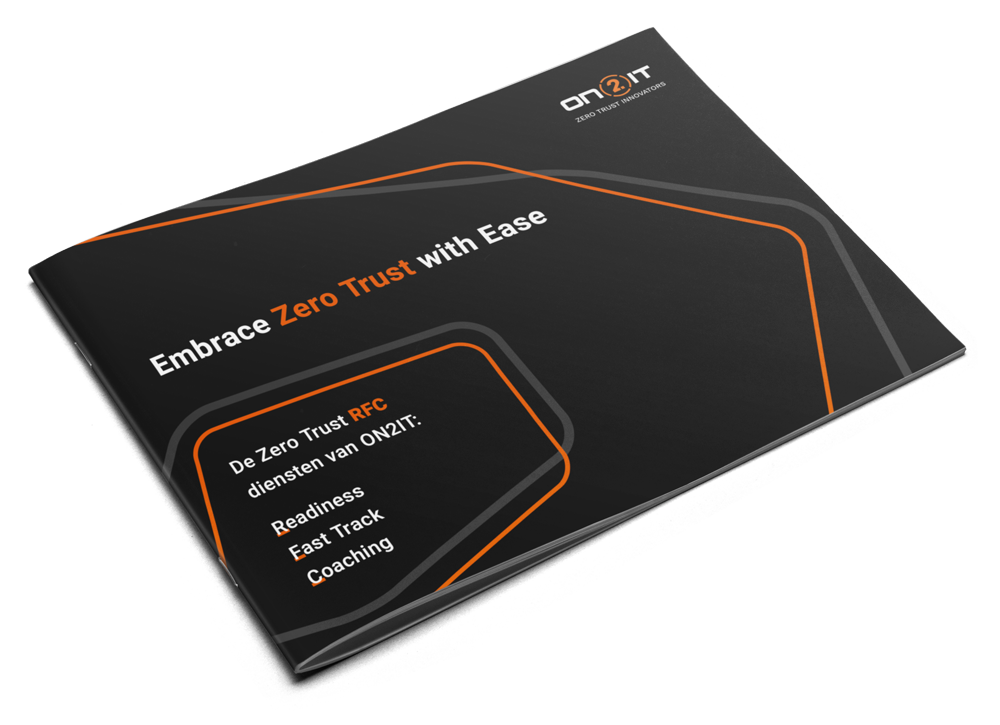This is a hands‑on guide. For each need, you’ll get “do‑now” steps using the tools you already own.
Who this is for
You’re juggling risk, budget, and board expectations—the last thing you need is another tool that adds work. This guide stays practical and helps you assess whether Extended Detection and Response (XDR) can save you time and reduce risk – or of you’re not quite there.
The challenges you and other CISOs face (at a glance)
We work with many CISOs and while every CISO works in a different environment with different boards and needs, most share similar challenges.
Here is a quick snapshot on these challenges before we get practical:
- Alert fatigue and triage chaos
- Slow investigations (high MTTR)
- Blind spots across hybrid/cloud
- Identity‑led attacks & lateral movement
- Tool sprawl & brittle SIEM rules
- Limited 24/7 senior coverage
What you can do right now (playbooks by problem)
Use this guide with your SOC leads — no new tools required. Pick the two problems hurting you most.
For each one:
- Apply the “Do now” actions, the steps you can take right now, by using your current stack (Endpoint Detection and Response (EDR)/SIEM/IdP/SOAR).
- Assign an owner and deadline for each action; review progress in the weekly ops stand‑up.
- Track three KPIs you assign when setting your actions. These can be: alert noise ↓, time‑to‑close ↓, true‑positive rate ↑.
- After 30 days, re‑check the six triggers above. If you still hit two or more, run a short XDR pilot to check if automated response capabilities can help. If four or more—or you lack 24/7 senior cover—consider managed operations.
1) Alert fatigue & triage chaos
If your morning stand‑ups start with apologies for the queue, you’re here. The aim is fewer, clearer alerts your team can actually act on.
Do now with your current stack
- Group duplicates in SIEM; suppress obvious noisy rules.
- Auto‑close alerts with known‑good baselines in EDR/SOAR.
Create a 3‑tier escalation policy with clear P1/P2 gates.
2) Slow investigations / high MTTR
No CISO wants analysts swivel‑chairing between tabs. Cut pivots, reach root cause faster, and capture the story once.
Do now
- Standardize an investigation checklist; enrich alerts with owner/asset context from CMDB/IdP.
- Track MTTD/MTTR, true‑positive rate, and “pivots per case.”
3) Blind spots across hybrid/cloud
Boards don’t accept “we think coverage is good.” You need numbers—not hope—across laptops, servers, cloud, and everything between.
Do now
- Compare agent coverage vs. inventory; fix blocked installs.
- Turn on VPC Flow/NSG logs for critical segments.
- Mirror key east‑west traffic.
4) Identity‑led attacks & lateral movement
Credentials are the new perimeter. When identity and endpoint data live apart, attackers live long.
Do now
- Stream IdP and PAM logs; alert on privilege spikes, risky sign‑ins, and MFA fatigue.
- Enforce least privilege; review admin roles monthly.
5) Tool sprawl & brittle SIEM rules
If you pay for five tools to answer one question, consolidation is overdue. Less overhead, more clarity.
Do now
- Map overlapping detections which occur when miltiple tools detect the same threat.
- Consolidate dashboards; keep one source of truth for case status.
6) Limited 24/7 coverage
Threats don’t wait for office hours. After‑hours noise should be near‑zero—not a rotating burden.
Do now
- Define after‑hours triage: what truly pages a human vs. next‑day review.
- Rotate on‑call; publish handoff notes.
When XDR is the right move (6 clear triggers)
Treat these as bright line tests. If two or more are true, XDR will likely help; if four are true, you’re losing time and money every week.
- Alert fatigue is chronic; duplicates and low-value alerts bury real risk.
- Investigations stall because analysts pivot across dashboards to find root cause.
- Coverage is patchy across endpoints, network, cloud, and identity.
- Identity attacks (MFA fatigue, lateral movement) slip through siloed tools.
- Tool sprawl costs (licensing + people time) outweigh the value you get.
- No 24/7 senior coverage—nights/weekends escalate too much or too late.
What you can do next (decision path)
- If 0–1 triggers: Double down on the “do now” steps above: suppress noise; tighten escalation criteria; close coverage gaps; enforce least privilege; reduce dashboard sprawl; and publish a small KPI set monthly.
- If 2–3 triggers: Run an XDR pilot on 2–3 real incidents. Validate: unified scoring & timeline stitching; faster time‑to‑close; identity‑to‑process correlation; quieter on‑call; and exportable evidence mapped to MITRE. Keep SIEM for compliance if needed.
- If 4–6 triggers or no 24/7 senior coverage: Consider managed operations. Require: named senior analysts 24/7, prevention‑first playbooks, clear P1/P2 gates, monthly board reporting (MTTD/MTTR/% escalated), and a “real escalations only” policy. (ON2IT provides this model via its Zero Trust SOC.)
How to get XDR that actually works (CISO‑friendly)
The path to real results with XDR isn’t another transformation project — it’s a series of small, controlled steps. Start by confirming the basics: make sure your telemetry is complete, your clocks are in sync, and identity logs are flowing. Then, don’t test in a lab — prove it on real cases. Run Cortex XDR against two or three of your priority threats and measure the difference in noise and time to close.
Once you’ve seen that, set clear guardrails. Define what counts as a P1, what can wait until morning, and who gets paged when. From there, connect to ON2IT’s 24/7 Zero Trust SOC so your team can focus on decisions instead of dashboards. And finally, report what matters. CISOs who succeed with XDR keep it simple: track MTTD, MTTR, the percentage of escalated cases, and bring three clean case timelines to the board each month.
That’s it — a practical, board-ready way to make sure XDR actually delivers.
Ready to see it in action?
We’ll walk real detections, not a theatrical demo. Bring your stack and your questions. Book a Cortex XDR demo — human‑led by ON2IT’s 24/7 Zero Trust SOC.
30 minutes. Real cases. Evidence you can reuse.
FAQ
Concise answers you can forward to stakeholders without extra memo writing.
XDR vs. SIEM?
SIEM collects and correlates logs – some do it well, others less so. But even the smartest SIEM stops at alerts. XDR goes further: it detects, investigates and responds. It adds automation, context, and action, not just another dashboard of correlated noise.
Will this replace tools?
Often yes; expect consolidation of 3–5 point tools while improving visibility.
Do we need 24/7?
Attackers don’t wait. Use scoring + human analysts to page only for real issues.


